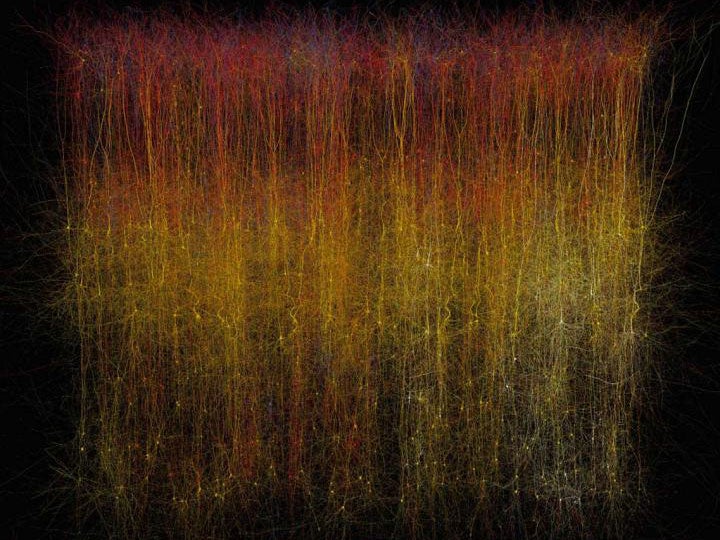Scientists make accurate, working recreation of a brain
The computer can now be used to try and understand how exactly the real thing works

Scientists have accurately recreated a lump of rat brain, making a computer that can respond as the real thing would.
The virtual brain mimics the one found in a young rat, which would be made up of 30,000 neurons, each connected by a web of 40-million synapses.
The scientists hope that the digital brain can be used to define the different types of neurons that go into a real one, measuring how they fire and mapping out how they are connected. Once that is done, they will be able to work towards getting a full, accurate and high-resolution picture of the brain.
The reconstruction is of the necortex, one part of the brain that scientists already know a large amount about. They used the existing data to build the virtual image, which can accurately simulating the firing and connections that allow the brain to work.
"The reconstruction required an enormous number of experiments," Henry Markram, of the Ecole Polytechnique Federale de Lausanne where the research has been conducted, said in a statement. "It paves the way for predicting the location, numbers, and even the amount of ion currents flowing through all 40 million synapses."
The engineers could then adjust certain parts of the brain to see how it changed the brain’s functioning. For instance it could change the amount of calcium ions in the brain and measure how the simulation changed.
"An analogy would be a computer processer that can reconfigure to focus on certain tasks," Markram said in a statement. "The experiments suggest the existence of a spectrum of states, so this raises new types of questions, such as 'what if you're stuck in the wrong state?'"
The scientists hope that they could now explore the way that certain events like the triggering of a fight-or-flight response leads to its effects, like tunnel vision and aggression.
Join our commenting forum
Join thought-provoking conversations, follow other Independent readers and see their replies
Comments
Bookmark popover
Removed from bookmarks